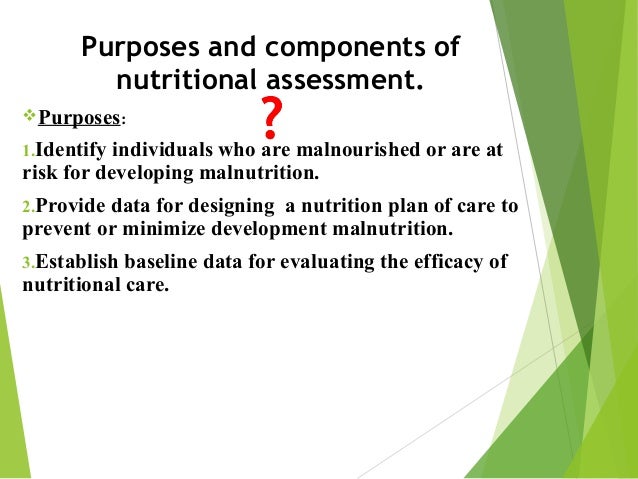Featured Post
- Get link
- X
- Other Apps
Diet And Nutrition Risk Assessment. People with HIV, tuberculosis (TB), or other chronic diseases. The depth of this process depends on the goals of the assessment, which can range from helping patients make better food choices to identifying those experiencing.

The goal of dietary assessment is to identify appropriate and actionable areas of change in the patient's diet and lifestyle and to improve patient health and wellbeing.
Ready to jump into the full Alive! program?
All babies and children being investigated for liver disease Nutrition assessment and screening should be an integral part of pressure ulcer risk assessment and screening; An assessment for signs and symptoms of dehydration should be included; If there are any concerns, fluid balance should be monitored. Although a complete nutritional assessment includes a review of the diet history, physical. This chapter covers information on the challenges in establishing relationships between food patterns and health outcomes, the use of evidence-based reviews for linking dietary factors with chronic disease outcomes, and the use of evidence-based reviews for evaluating health claims for use on food labels.
- Get link
- X
- Other Apps







